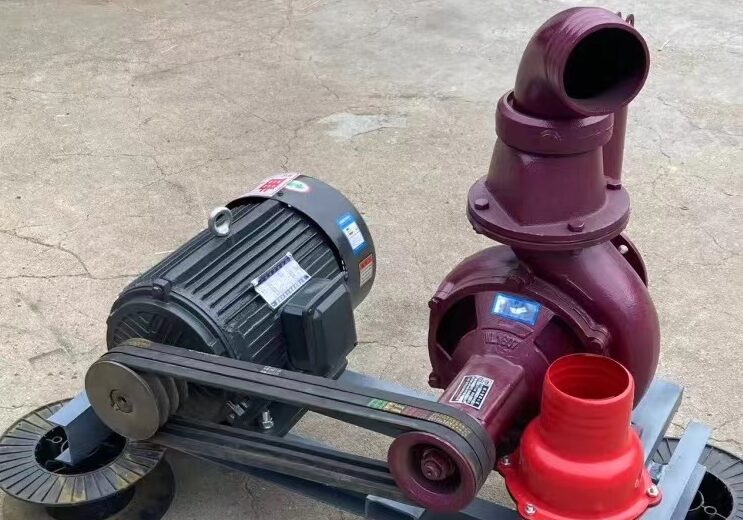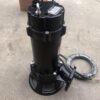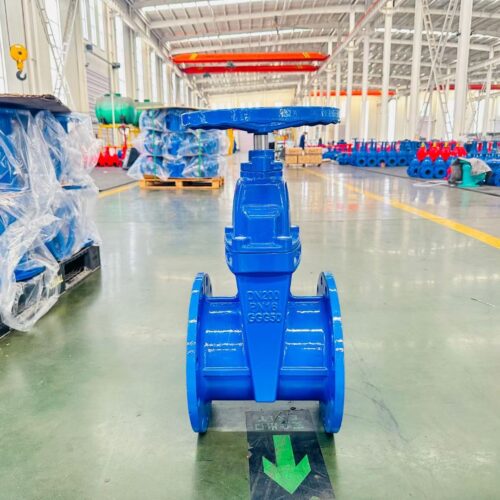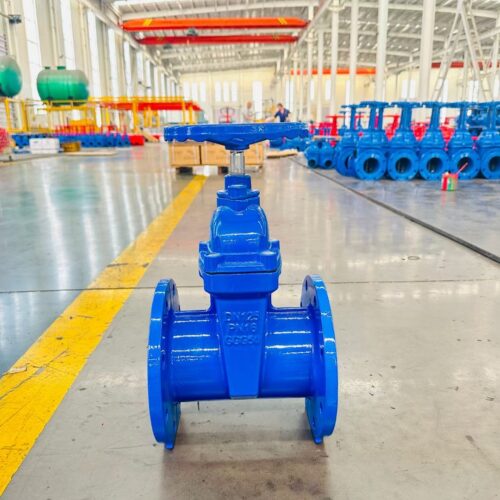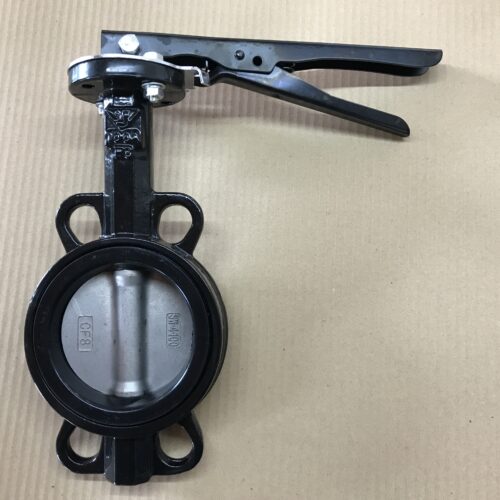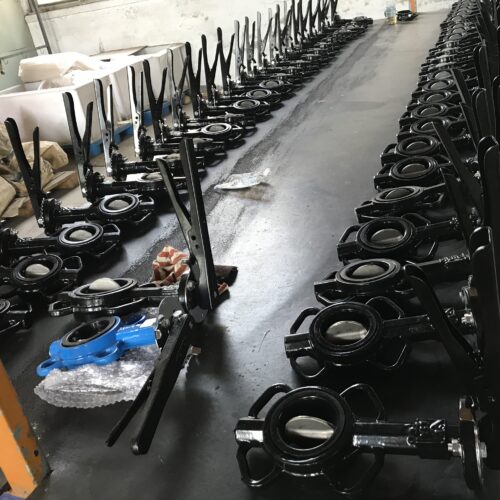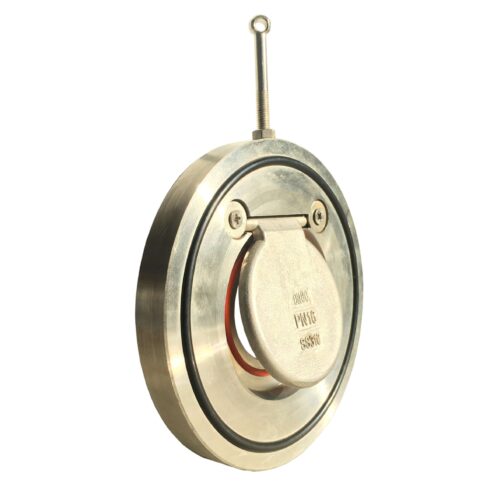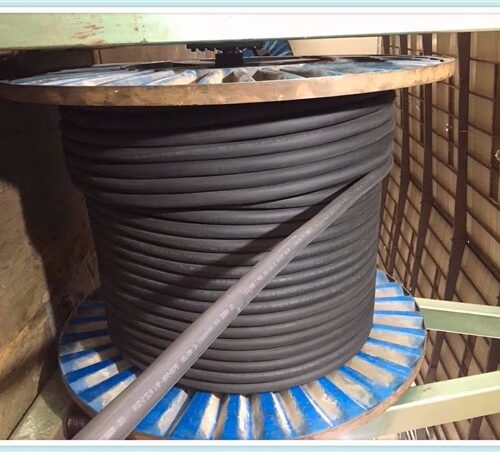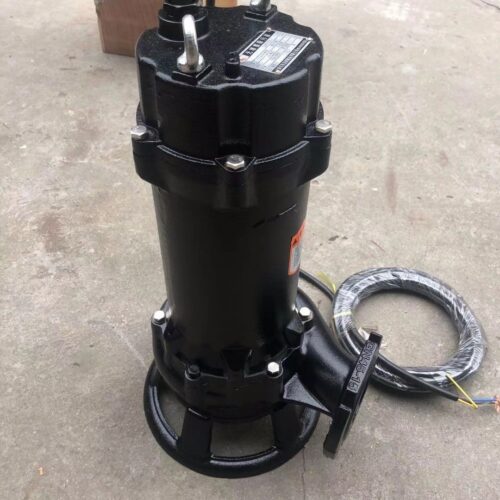Irrigation Pump
– Implement a smart irrigation system that can be controlled remotely via an app
– Use solar power to run the irrigation pump to reduce energy costs
– Install a rain sensor to automatically shut off the irrigation system when it is not needed
– Consider using a drip irrigation system for more efficient water usage
– Regularly check and maintain the pump to ensure optimal performance and prevent breakdowns.
Irrigation pumps are an essential tool for farmers and gardeners looking to efficiently water their crops or plants. These pumps are designed to draw water from a water source, such as a well, river, or pond, and distribute it to the desired area through a system of pipes and hoses.
There are several different types of irrigation pumps available on the market, each with its own advantages and applications. Some common types include centrifugal pumps, submersible pumps, and diaphragm pumps. Centrifugal pumps are popular for their high flow rates and ability to handle large volumes of water. Submersible pumps are ideal for deep water sources, as they are designed to be fully submerged in water. Diaphragm pumps are known for their durability and ability to handle abrasive materials.
When choosing an irrigation pump, it is important to consider factors such as the size of the area to be watered, the water source, and the required flow rate. It is also important to consider the power source for the pump, whether it be electric, gasoline, or diesel.
Proper maintenance and care of an irrigation pump are crucial to ensuring optimal performance and longevity. Regularly checking for leaks, cleaning the pump and filters, and ensuring proper lubrication are all important steps in maintaining an irrigation pump.
Overall, irrigation pumps are a valuable tool for any farmer or gardener looking to efficiently water their crops or plants. By selecting the right pump for the job and properly maintaining it, users can ensure a reliable water supply for their irrigation needs.

